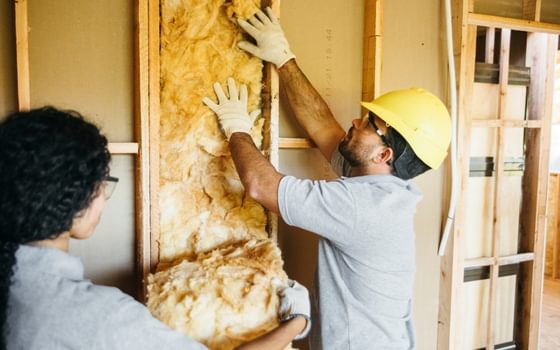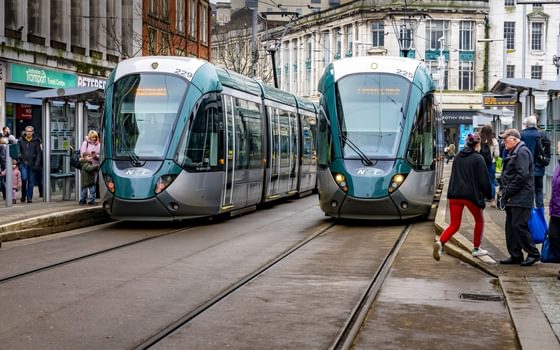Clean energy for the poorest: this is what a Green New Deal means in practice
We need policies that create jobs, tackle fuel poverty and address climate change
16 May 2019
With so few years left to mitigate the worst impacts of climate change, it is important to note when politicians respond. While the government appears to have mounted a war on solar, Labour has today proposed a new scheme to make solar panels available to 1.75 million households including 1 million of those on the lowest incomes. Credit-where-credit’s‑due, this scheme is climate change policy at its most progressive and best.
Though there are some complicated details to the scheme, the underlying principle is simple and delightful. If you want to understand what a Green New Deal might look like in practice, then look no further.
Using £2.14 billion of its already announced £250 billion National Transformation Fund, Labour would effectively use government borrowing to provide the upfront capital to install panels on social and low income homes. This matters because there are significant benefits to householders from fitting onsite renewables in terms of lower energy bills and rewards from selling surplus power to the national grid. But this privilege has only largely hitherto been available to those who could stump up the cash.
But in using government borrowing to raise the capital, rather than expecting individual households to raid savings or lend money from banks, the overall costs of installing panels on homes will be cheaper because government is able to borrow at the cheapest available rates. In addition, committing to a large programme provides a strong signal to the solar industry to scale up and provides job guarantees to installers and electricians – 16,900 jobs will be associated with the policy, according to Labour. It’s hard to keep count of all the wins and that’s before you get to the estimated 7 million tonnes of carbon savings.
This scheme is climate change policy at its most progressive and best
Extinction Rebellion and school strike protests have propelled climate change on top the front page of newspapers and towards the top of people’s concerns. Today’s announcement from Labour is exactly the sort of response we need from politicians; tangible and popular ideas that make climate action seem exciting, fair, and interlinked with people’s daily lives.
There’s every opportunity for the government to meet this level of ambition or surpass it. At the moment — and for several years — they’ve been gently killing solar, but the power of Labour’s proposal is that it shows there’s an alternative approach which drives the benefits to where they’re most needed. The gauntlet has been thrown down by the main opposition. Other parties such as the Greens champion similar approaches. There’s now a spotlight on the government to see if they’re up for unleashing the power of renewables to stop climate change and bring benefits to everyone, not just those who can already afford to pay.
This announcement comes hot on the heels of the Labour party’s proposed changes to the system that bring gas and electricity to people’s doors. Under Labour, companies such as the National Grid would be (re)nationalised and a three-tier system of publicly-owned entities would be created. These admittedly complex plans have caused quite a kerfuffle in energy policy circles and have put the cat among the pigeons in the markets as the stock prices of the companies concerned have fallen.
If you want to understand what a Green New Deal might look like in practice, then look no further
This tells you two interesting things about the current state of the UK’s energy market. The first is the markets are taking the prospect of a Labour government seriously. The second is that while the companies that run our gas pipes and power lines are quite popular with financial markets and so are expected to deliver decent returns to investors, this may not be tenable. Is that in the public interest when the function is so fundamental and critical? Labour’s proposals for nationalisation are part of a wider vision of far more renewable energy, better insulated homes and access to community power for millions of low income families. Whether we can do that at pace with the current system is a question that it is high time we asked.
This is exactly what a Green New Deal should look like in practice: creating jobs, tackling fuel poverty and helping to address climate change. And these kinds of policies that empower local people and places and use the full heft of the state to deliver investment are exactly what UK’s social injustice and climate emergencies require.
Image: Kay Ledbetter (CC BY-NC-ND 2.0)
Topics Environment Energy






